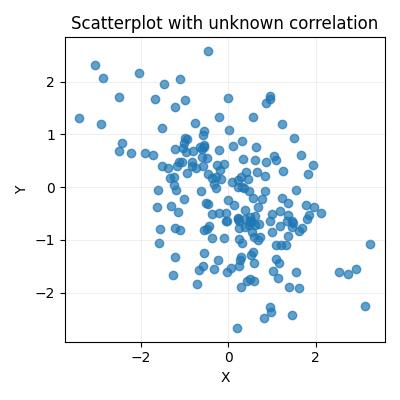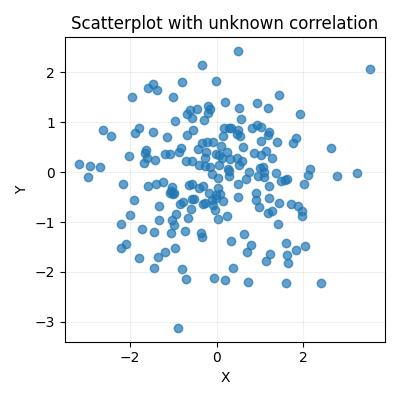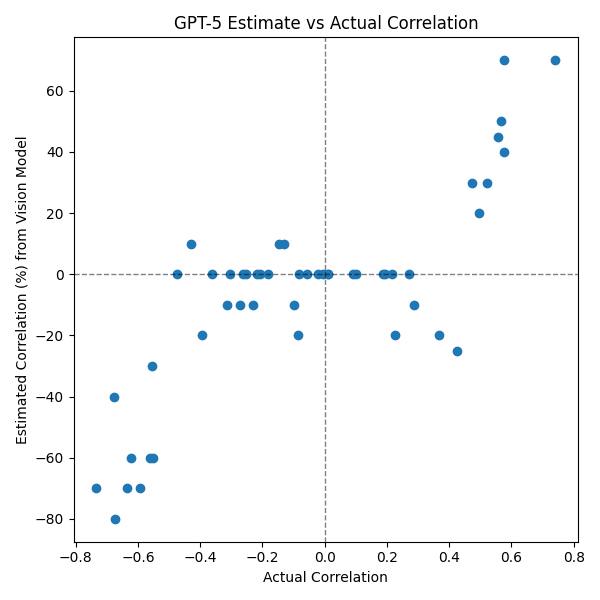Featured On :
Sphinx’s defining feature is representation learning to ensure that it understands data, models, and outputs. The value of doing this is clear — by actually understanding data, we can catch nuances that avoid mistakes and unlock opportunities.
We previously studied how generic copilots can be dangerously wrong when looking at data. However, we also see that other data-specific AI tools that use representations of data familiar to humans — like scatterplots and regression fits — fail to perform.
We use Hex’s agent as a standard for comparison — similar to Sphinx, it can show its work in a notebook. While this agent does look at plots and other outputs, it still fails on a simple task of building a regression model.
We prompt Hex to use some housing data to predict sale price from square footage, but with several invalid square footage numbers. Not only does Hex fail to realize the issue, but it puts out a model which predicts that after a certain point house prices decrease as the homes get larger.
This conclusion indicates that while context is being piped into the Hex agent, it does not have any intuitive sense of what the data is saying, nor how data and domain expertise should come together to guide reasoning. On the other hand, we can see that Sphinx is able to solve this task in one shot, identifying and removing the invalid values:
This hints at a deeper issue in how off-the-shelf frontier AI handles data. Even if we use a reasonable data representation like a scatterplot to encode simple 2-dimensional data, we find that vision models can’t interpret the data to a high level of precision. Consider the following experiment:
In the plot below, GPT-5 estimates a 0% correlation whereas the real correlation is -48%

And here, GPT estimates 10% vs an actual -15% correlation:

Overall across many trials, while GPT can vaguely identify strong positive or negative trends, it has quite low precision and is not a reliable way to interpret even simple data

Sphinx is built to ensure clear understanding of data, and this pays dividends when correctness comes to the fore. For agents to deliver maximal value, they need to know their limits and match confidence with accuracy — give Sphinx a try for free and see our robust data-driven reasoning on your data!